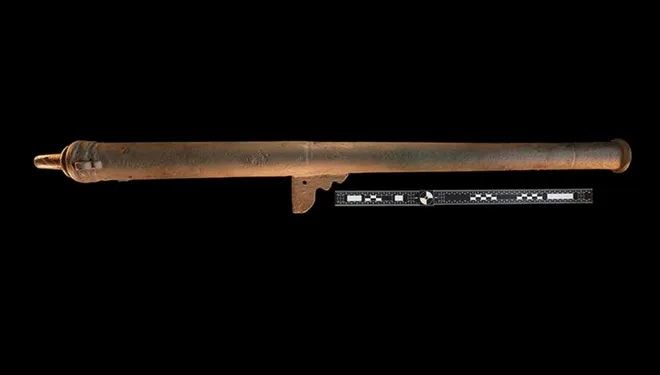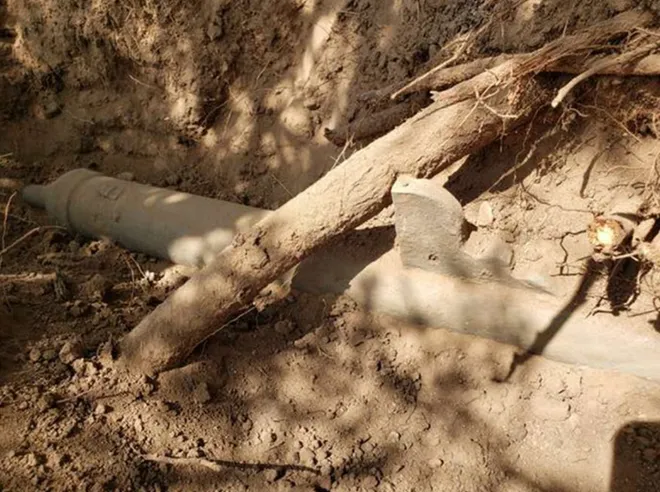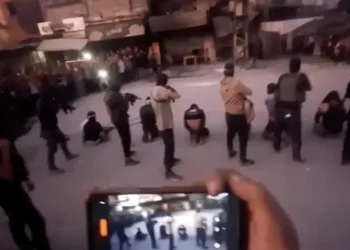Discovery of 500-Year-Old Gun Sheds Light on Early American History
Researchers in Arizona have unearthed a remarkable piece of history: the oldest firearm ever found in the continental United States. This bronze wall gun, believed to be nearly 500 years old, offers new insights into early European expeditions and indigenous resistance in the Southwest.
Unearthing a Historic Artifact
The wall gun was discovered in 2020 at the site of a Spanish stone-and-adobe building near the Santa Cruz River in southern Arizona. It dates back to 1540, during the first European settlement in the Southwest, San Geronimo III. For nearly 480 years, the weapon lay undisturbed, a silent witness to a pivotal moment in history.
Published in the International Journal of Historical Archaeology, the study by researchers Deni J. Seymour and William P. Mapoles highlights the gun’s significance as the oldest surviving firearm in the U.S.
A Glimpse into the Past
The wall gun, designed in the 1400s and already obsolete by 1540, was part of the expedition led by Spanish conquistador Francisco Vázquez de Coronado. Coronado, then 27 years old, led 240 mounted soldiers, 60 foot soldiers, and 800 Native Americans and enslaved people on a quest for riches and trade routes.
However, the expedition failed. No gold or silver was found, and the indigenous communities encountered were too small to exploit for economic gain. By the time the effort was abandoned, San Geronimo III had been attacked and destroyed by the Sobaipuri O’odham people.
Indigenous Resistance
The Sobaipuri O’odham’s attack on San Geronimo III was a decisive victory. The settlement was razed, and its Spanish inhabitants were either killed or forced to flee to Mexico. This uprising halted Spanish expansion into southern Arizona for 150 years.
“This was the earliest and most consequential Native American uprising in the continental U.S.,” the researchers noted. Previously, the Sobaipuri O’odham were thought to have played a minor role in resisting European conquest.
Insights from the Gun
The wall gun, also known as a bronze cannon, was designed to be mounted on a tripod for use along fortification walls. It was lightweight, durable, and portable, making it ideal for expeditions. It could fire either buckshot or single lead projectiles, but researchers found no evidence it had ever been fired.
According to the study, the weapon was likely abandoned during the surprise attack by the Sobaipuri O’odham. The Spanish defenders were caught off guard early in the morning, with many killed in their beds. The gunners, likely killed, captured, or fleeing, had no chance to use the expensive and highly valued weapon.
“The gun was too valuable to leave behind under normal circumstances,” the researchers noted, adding that its abandonment underscores the chaos of the attack.

Additional Discoveries
The site, identified as San Geronimo III, yielded thousands of artifacts, including arrowheads, lead bullets, and parts of other weapons. These items paint a vivid picture of the battle that ended the Spanish presence in the region for more than a century.
Interestingly, a second cannon has also been discovered at the site and is currently under analysis.
A Historic Find
The discovery of this firearm offers a unique glimpse into the turbulent history of early European settlement in the Americas and the resilience of Native American communities. It not only highlights the challenges faced by Coronado’s expedition but also redefines the role of indigenous resistance in shaping the history of the Southwest.
“This site and its artifacts provide invaluable context for understanding a key moment in early American history,” the researchers concluded.
This article was rewritten by JournosNews.com based on verified reporting from trusted sources. The content has been independently reviewed, fact-checked, and edited for accuracy, tone, and global readability in accordance with Google News standards.
Stay informed with JournosNews.com — your trusted source for verified global reporting and in-depth analysis. Follow us on Google News and BlueSky for real-time updates.
JournosNews.com follows Google News content standards with original reporting, verified sources, and global accessibility. Articles are fact-checked and edited for accuracy and neutrality.












